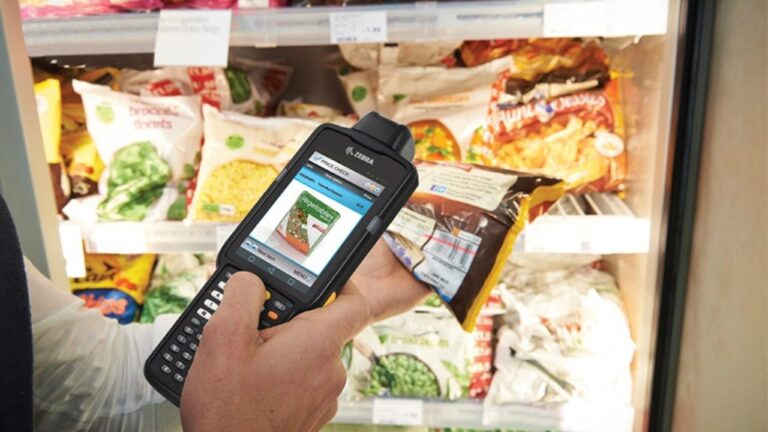Is a barcode required? We get this question a lot, and while there isn’t a single “right” response, the vast majority of folks are somewhere in the middle. The first step is to learn the rationale behind the primary function of the EAN product barcode. A barcode’s primary function is to assign a special numerical identifier to each and every product in a store.
Barcodes are used primarily to assign a numeric identifier to each product. A package of sugar weighing 200 grammes will have a different number than a package weighing 500 grams. In the case of identical products, the quantity assigned to each will be the same. In order to distinguish one product version from another, it needs a unique identification number. There can be no duplication of numbers among items from different manufacturers if this system is to be successful. So that no two products have the same 13-digit EAN Barcode India, GS-1 (formerly known as EAN) is responsible for registering and issuing these numbers. The provided 13-digit number is graphically represented by a barcode, which may be read by a barcode scanner at the point of sale or anywhere else in the distribution chain.
Why is Barcode required?
A barcode is a method of altering the appearance of printed numbers and letters so that they can be read by barcode scanners, just like a typeface alters the appearance of text so that it can be read by people. That’s why you may hear people refer to the Barcode as a typeface. This barcode scanning feature, as opposed to manually inputting the item number, allows for rapid data entry. Most barcodes also include the corresponding number in “human readable” form, which is written below the barcode. If the barcode doesn’t work, you may always use the keypad to enter the information.
If you sell to retailers as a wholesaler or distributor, you will likely benefit from using an EAN barcode.
If this sounds like you, keep reading! You can skip getting an EAN barcode if you aren’t selling to retailers. You can still use barcoding if you run a retail store, but you’ll need to generate your own barcodes. Barcoding your inventory and switching to an electronic point of sale system will help you in numerous ways.
Barcodes’ usefulness in the marketplace
As a result of barcodes, the retail industry has undergone significant transformation. If sales associates don’t know the prices of products, they may have to look them up on the system if they don’t have them. Time spent on this may be poorly spent. Longer wait times would be the result, as would customers who were dissatisfied with the service. Customers would rather not wait in lines if they can help it because their time is valuable. With a barcode system, sales associates only need to scan each code to complete the transaction, eliminating the need for lengthy lines.
More crucially, though, barcode label printing online have virtually eradicated the possibility of mistakes being made by cashiers at the moment of sale. Having to manually tally up each item is a time-consuming hassle. When running a business, it’s simple to accidentally overcharge a customer or ring up the wrong item. This is not an issue when using barcodes, as only items that are scanned and match the inventory system will be sold. Sales are now lot more streamlined, which has surely resulted in increased profits for companies worldwide. The loss of money is something no company can afford. In order to protect your company’s bottom line from wasteful inefficiencies and careless mistakes, barcodes are an invaluable asset.


